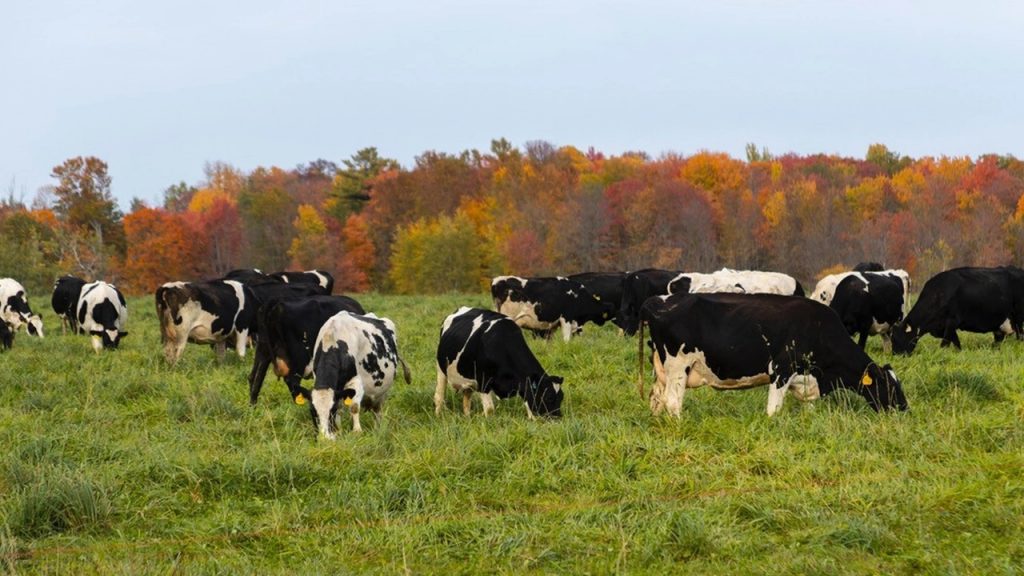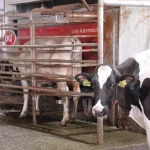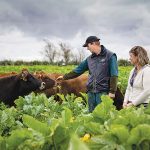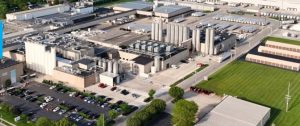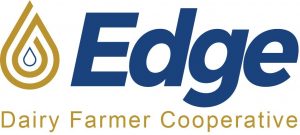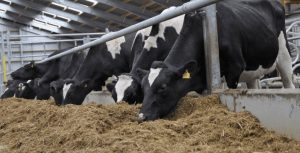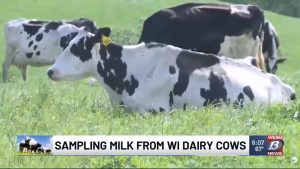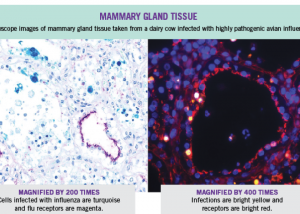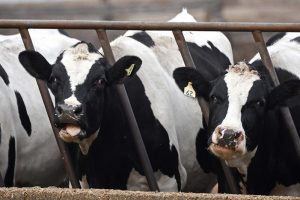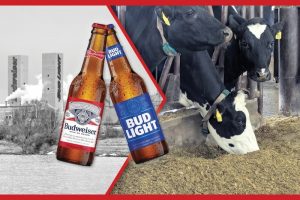
Dairy Program: Lame cows cost the global dairy industry $6 billion annually.
Lameness issues impact every dairy herd in one form or another. Not only does lameness affect a cow’s health and well-being, but it’s also costly to the farm’s bottom line.
Lameness cases in the dairy herd impact reproduction, milk production, herd health and longevity. A 2018 study summarized several studies estimating the cost of lameness and found it to be between $76 and $533 per case.
Research published in the April 2023 Journal of Dairy Science said that for each additional week a cow remained lame, it cost the farmer $13.26 more per week due to factors such as reduced milk production, treatment costs and potential reproductive issues.
Dr. Philip Rasmussen of the University of Copenhagen in Denmark explored the impact of disease on dairy cattle. Rasmussen found that lameness costs the global dairy industry $6 billion annually.
Reduced productivity
Lameness in dairy cattle is a significant welfare concern and one of the leading causes of reduced productivity and profitability on dairy farms. The leading cause of lameness is claw lesions, which are either noninfectious, such as white line disease, sole ulcer, sole hemorrhage and interdigital hyperplasia; or infectious, including digital dermatitis, interdigital dermatitis, heel erosion and interdigital phlegmon (foot rot). Less common causes of lameness can be injuries, infections, nutritional imbalances and management practices.
The global incidence of lameness varies but can affect between 13% and 50% of dairy cows at some point in their lives. Several factors contribute to lameness in dairy cattle, including the type of housing, the cow’s age and other health issues. Additionally, a cow’s breed and phenotype can impact its prevalence of lameness.
Lameness is a significant health concern for dairy producers, and it can contribute to a cow’s early exit from the herd. Cow welfare is also impacted by lameness. Lameness contributes to pain in an animal, as well as the animal’s ability to express normal social behavior, eat, stand and rest. Compromised welfare reduces production and fertility.
Lameness impacts cattle across various age groups, with specific conditions being more prevalent in different stages of their development. Calves are most susceptible to fractures, while yearlings commonly experience issues with hoof overgrowth. Cows most often suffer from infectious diseases and trauma to the hoof.
Lowering risk of lameness
Several farm-specific risk factors influence the likelihood of lameness, including housing type, herd management practices, hoof maintenance schedules, footbath schedules, flooring surfaces and milking routines.
Cows housed in tiestalls are often impacted by prolonged standing and limited movement, especially in winter. Freestall-housed cows are more vulnerable to hoof trauma from slipping and rough floor surfaces.
Many farms with a parlor milking setup prioritize time away from the pen and focus on moving cows to and from the parlor in a timely manner. Cows often eat immediately after returning from the parlor, so additional standing time should be considered when designing holding pens and parlors, and ensuring cows have enough bunk space to eat. A cow should be away from the pen for a maximum of one hour at a time, with a total of 2.5 to 3.5 hours per day.
A regular hoof-trimming schedule is critical to reducing and preventing lameness. Trimming prevents lameness and helps optimize milk production by ensuring hooves are properly balanced and distribute weight evenly, making it a key element of good herd management. Twice a year is recommended for trimming, but if a herd has a high incidence of lameness, adding more hoof trimming to the farm management practices may be necessary. Lifting the hoof and evaluating it is the best way to prevent issues before they happen.
It is important to recognize symptoms of lameness early. While it is often easy to spot a lame cow once she is showing severe signs of lameness, one of the first indicators a cow will show is a change in gait. It can be subtle, so it is essential to understand what those changes are, and to train employees to recognize them early. Other signs of lameness can be reluctance to stand or walk, limping or favoring a limb, reduced milk yield, and swelling or heat in the hoof. Dairy locomotion scoring should be done on the herd once a month.
Lameness in dairy cattle is a significant welfare issue with substantial economic consequences. The most effective approaches are good hoof care, proper housing and herd management. Early detection and timely intervention are critical for minimizing the impact of lameness on cow health and farm profitability. By addressing these risks and implementing targeted strategies, dairy farmers can reduce the incidence of lameness, improve animal welfare and enhance farm performance.
Bjurstrom is a regional University of Wisconsin Extension dairy educator for Kewaunee, Brown and Door counties.
You can now read the most important #news on #eDairyNews #Whatsapp channels!!!
🇺🇸 eDairy News INGLÊS: https://whatsapp.com/channel/0029VaKsjzGDTkJyIN6hcP1K
